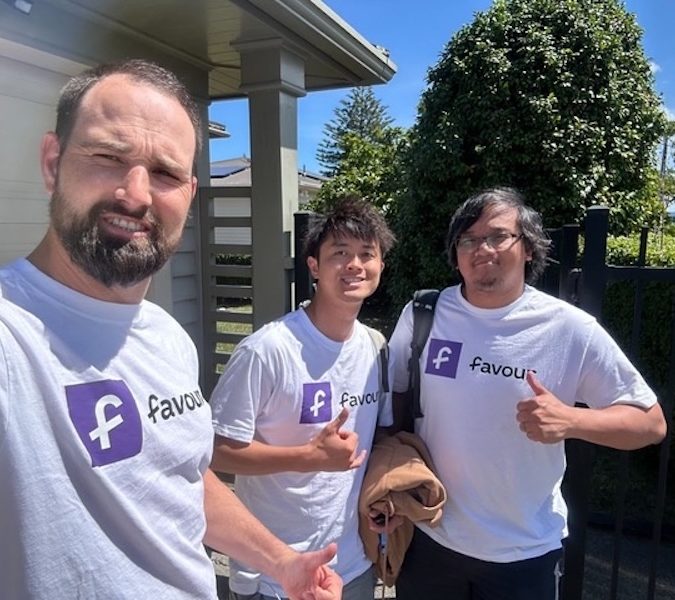
Have you ever looked in the mirror and thought: “How hard could it be to cut my own hair?”
Or perhaps: “How much time could I save if I didn’t have to go to the salon?”
Michael Woffindin had the same thought – and that curiosity led him to create Hairspace, an Auckland startup that makes an AI-powered hair clipper. Woffindin says the clippers deliver salon-quality haircuts for hair up to 10cm long in just 12 minutes.
Claiming to put the skill of a hairstylist in every hand might sound far-fetched, but Woffindin isn’t bluffing.
The clipper lifts hair straight as it moves – just like a barber does with their comb – ensuring precise control over cutting lengths. It can even scan and store haircuts, making style recreation just a tap away, says Woffindin.
Fresh cut made easy
With a background in software development, Woffindin had always been fascinated by robotics and saw its potential to shape the future. But the idea of building a robotic clipper didn’t take form until he found himself wasting hours just to get a simple haircut.
“One morning, I went to my favourite barber, and it was a bit of a drive. It took a few hours with parking and waiting for other people. By the time I finally walked out, I thought, ‘Wouldn’t it be incredible if I could recreate this haircut myself? I wouldn’t have to go through all that hassle,'” says Woffindin.
From that moment on, he began experimenting in his garage.
Built from scratch
Over the past seven years, Woffindin taught himself how to build hardware from scratch and learned about different hair types.
“I bought a 3D printer and started making prototypes, trying to figure out how hair works and how it behaves. It took me a couple of years,” he says.
“Around four years ago, I managed to recreate the first haircut – it was on a mannequin. I took it to a hair dresser, mapped the haircut using the device by measuring all the lengths and then recreated it.
“With that evidence, I was able to get $1M funding from the Callaghan Innovation programme here in New Zealand, through one of their partners, WNT Ventures.
“Getting that investment was a big moment and it really helped move things forward,” he adds.
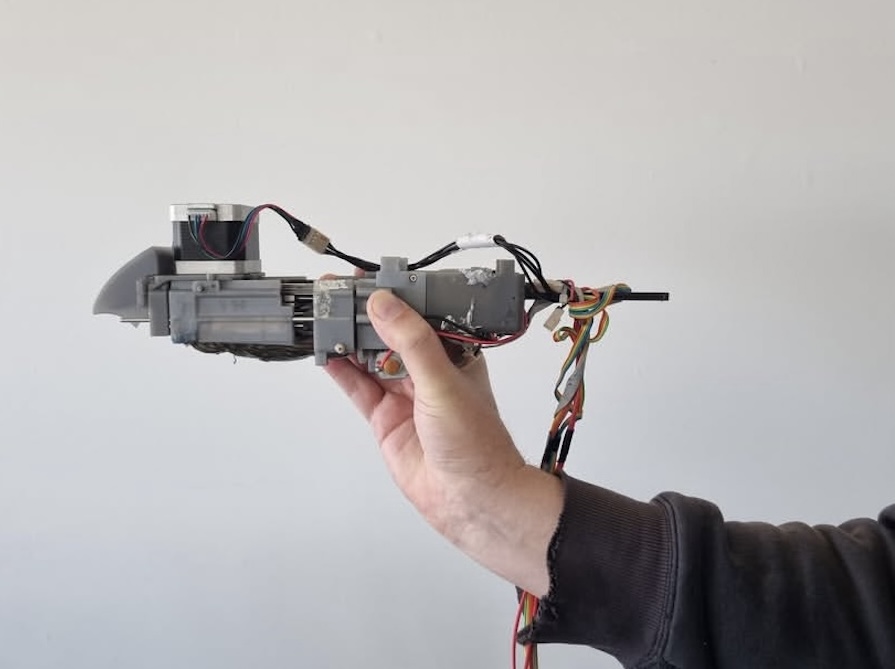
A leap of faith
For someone who had never built hardware products before, it’s been a long and difficult journey, says Woffindin.
“I got told plenty of times that I was crazy. Even when I first spoke to a patent lawyer, they literally laughed at me and said, ‘No one wants to get a haircut from a robot.’
“But for me, once I started experimenting with hair early on and figured out how it might work, I’ve always had this unwavering belief. I’m not sure if it’s optimism or craziness,” he says.
Woffindin adds that his passion – or perhaps blind faith – is what pushed him through the tough times.
“Passion helps if you’re really excited about the product yourself. I thought, this would be so cool if I could make it work. I even cut my own hair with it before the trial,” he laughs.
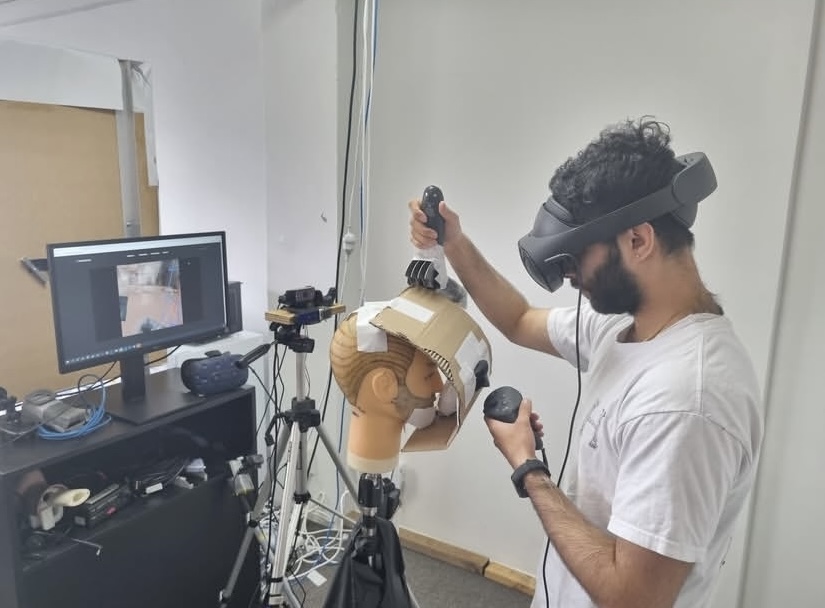
Work in progress
Last year, Woffindin and his small team launched trials to demonstrate the product. They invited 12 people to cut their own hair using the clipper – and the results were positive.
“We had lots of different hair types and nationalities, which was great. The exciting part was seeing these people come in, watch the clipper work and witness their reactions,” he says.
Although the trials created a buzz, the team still have to overcome a fair bit of doubt.
“One of the challenges is that you tell people about it, and they say, ‘This sounds cool, but I don’t believe it’s possible.'”
To combat scepticism, Hairspace plans to explore influencer marketing down the line.
“Our clipper is still a proof of concept, so we need to go through one more design cycle before it’s ready for manufacturing,” says Woffindin.
“But once we enter the market, influencers will play a big role in our marketing campaign – letting people see others they trust getting great haircuts with it.”
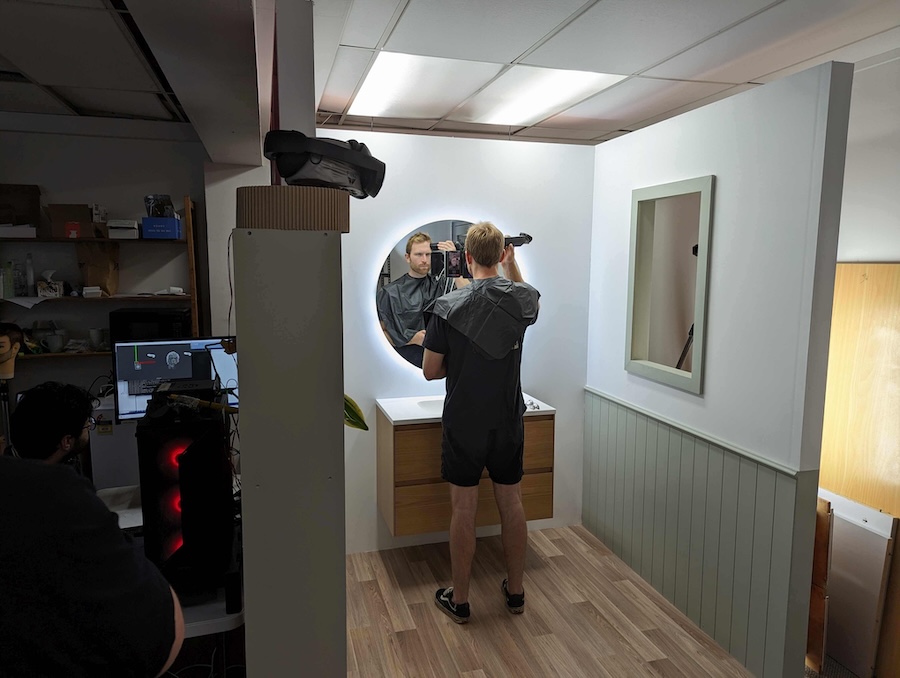
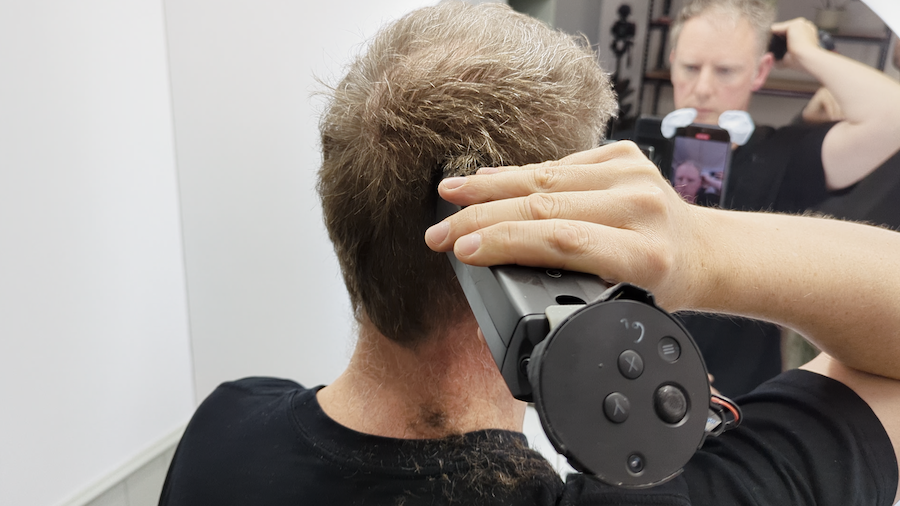

Look out for what’s next
Hairspace is also looking to incorporate an AI assistant into the clipper and expand its product range to include a razor for beard maintenance.
“Our next big plan is to build an AI assistant that helps you plan haircuts. You’ll be able to download styles from a hairstyle store and try different looks before you cut,” says Woffindin.
“You can even talk to the assistant and say things like, ‘I’d like it a bit longer.’ Or ‘Can you give me some ideas?’ Once you’ve previewed it on a virtual version of yourself, you’ll be able to download the style and cut it straight away.”
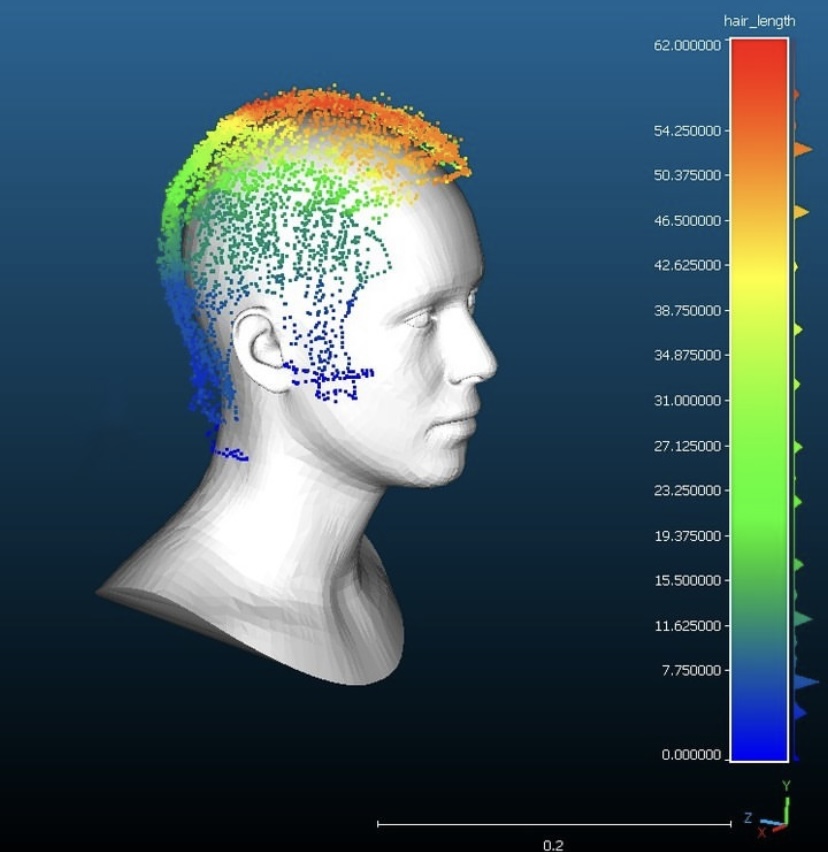
With this full grooming package, will salons be affected once the products hit the market?
Woffindin says it depends on personal preference: “There are a lot of people who really enjoy going to the salon – they love the experience. So there’ll always be those people. But there are also people who just want a great haircut done easily. I think it’ll be a mix.”



